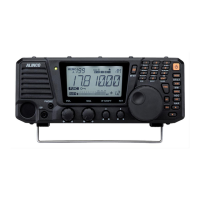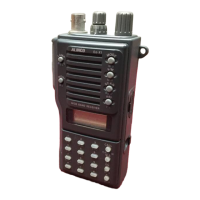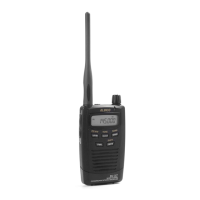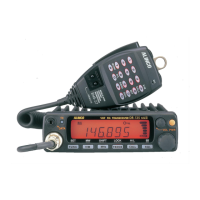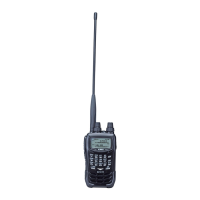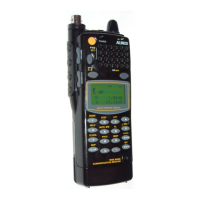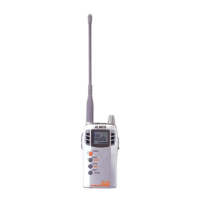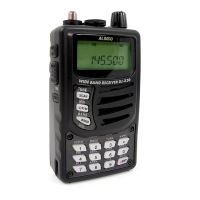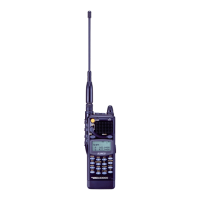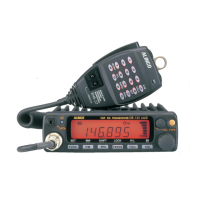Why Alinco DX-R8E power does not come on?
- TTaylor Castillo DDSAug 12, 2025
There are several reasons why your Alinco Receiver might not be powering on. It could be due to: 1. An incorrectly connected DC power cable – ensure it is properly connected. 2. A blown fuse – replace the fuse. 3. Wrong plug polarity – correct the polarity and replace the fuse. 4. The DC regulated power supply switch being off – turn the power switch on. 5. Insufficient voltage from the power supply – ensure a regulated 13.8 V DC ± 15 % power supply is used and adjust the operating voltage within the range of 11.7 to 15.8 V DC.


